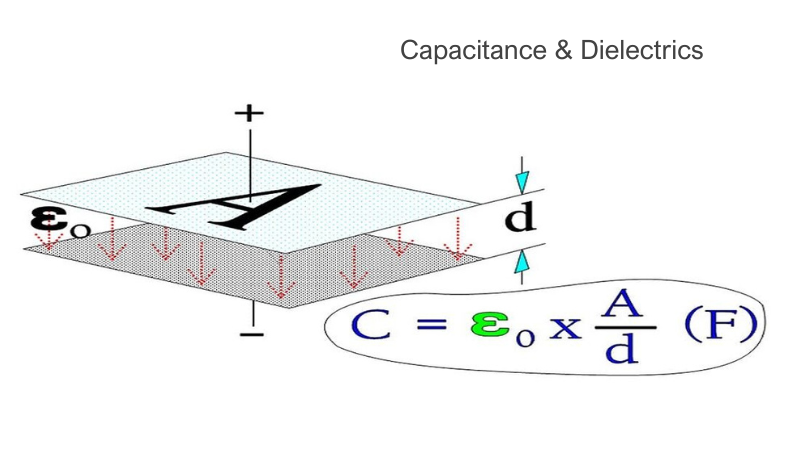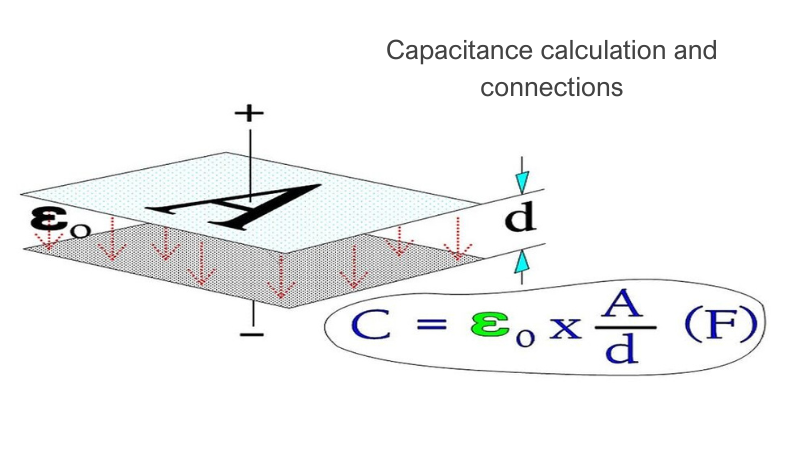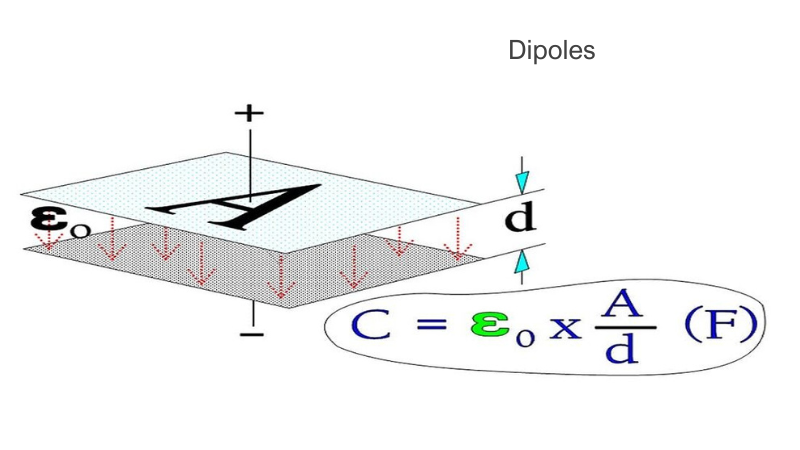The presentation by Sam Ben-Yaakov, “Examination of the inner works of a transformer by simulation” delves into the fundamental mechanisms of transformers using simulations to visualize waveforms and relationships between voltage, current, and flux. The speaker begins by challenging common textbook explanations, emphasizing that while voltage transformations are well-understood through flux coupling, the relationship between primary and secondary currents is less clear. By using a reluctance model to simulate the magnetic circuit, the presentation explains how the magnetic flux, generated by the input voltage, interacts with the current and magnetic motive force (MMF). Through simulations, the speaker demonstrates how a transformer’s operation combines reactive and real power transfer, explaining the phase differences between voltage, flux, and current, and the roles of core material properties in determining efficiency.
The analysis progresses to include loaded and unloaded transformer scenarios, illustrating how MMF on the primary and secondary windings interact to stabilize the system. In loaded conditions, the MMFs on both windings oppose each other, but a small difference drives the flux needed for magnetization. The presentation highlights the orthogonal nature of voltage (transferred via main flux) and current (governed by MMF balance). A key conclusion is that transformers exhibit independent voltage and current transfer processes, with real power transfer involving distinct phase relationships. The discussion also touches on practical issues like DC offset, reactive power circulation, and core saturation risks. Overall, the study offers a deeper understanding of transformer dynamics beyond traditional explanations.
Video content
- Introduction to Transformers
- Textbook Explanation of Transformer Functionality
- Challenges in Understanding Current Behavior
- Introduction to the Reluctance Model
- Simulation Setup for Basic Transformer Analysis
- Reactive Power and Magnetization
- Inclusion of Secondary Winding
- Simulation Results for Different Configurations
- Key Observations on MMF and Current Behavior
- Special Cases and Additional Considerations
- Conclusion
Resource: Passive Component Blog



